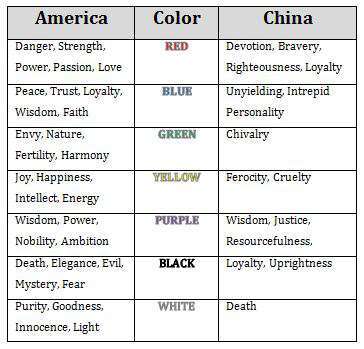by Lola Danielson, dramaturg
China is an ancient country built on ceremony and tradition. It is home to the Great Wall of China, the Forbidden City, and one of the oldest and largest imperial tombs with its army of Terracotta Warriors. It has been rocked by multiple wars and changes of power, beginning with the Xia dynasty around 2000 B.C. After World War II, the Japanese forces that occupied China were defeated, but civil war broke out among two political groups – the Kuomintang and Communist parties. In 1949, the Communist party had won control of China and the country became known as The People’s Republic of China – what we know it as today. The borders of China were closed at that time and reopened to tourists around 1972. Because of its long period of isolation from the rest of the world, China became a place of wonder and mystery, one that many nations still desire to explore today.
Because of its long standing history of traditions, there is a lot of symbolism in the culture. The way families interact with each other and with their community is steeped in tradition. Even the world around them holds meaning - the trees, flowers, and plants are said to have spirits that can help them if they respect them. Certain colors and animals are also symbolic. For example, the color yellow and the dragon were reserved for the emperor as symbols of his position and power. The Forbidden City, home to the emperor of China, is the only place in China you will see a building with yellow tiles on the roof.
In theatre, their movements are carefully planned as each hand gesture and arm position hold meaning. Because of the unique style of Chinese theatre and opera, it was an amazing opportunity for the cast of The Nightingale to go to China and train with the Peking Opera - to see and learn the different theatrical techniques. Some of the cast will share their pictures and experiences from their trip to China over the next few weeks, so keep an eye out for their stories.
One aspect of Chinese culture that plays a part in our production is the use of color. You may have been taught that all colors have meaning, and they do. However, colors can mean different things in different countries. The significance of each color is a little different in China than what we are used to in America. Here is a comparison of Chinese and American meanings of color. There are many different meanings for one color; these compare just some of the many meanings associated to the color.

While creating the costumes and scenery for the show, the production team payed close attention to how color was used. While not all uses of color in the show follow Chinese tradition, they were conscious decisions. For example, in China, yellow was reserved just for the emperor and purple was meant for the empress. However, in order to create costumes that work with stage lighting and complement each other on-stage, some uses of color needed to be adjusted. The use of white as underclothing that can be seen on each character was intentional and meant to show human frailty and remind us that life is fragile and what we do with the time we have is important. So, while some liberties needed to be taken, there is still significance attached to the choices and the team preserved the Chinese meanings where they could.
So, while you enjoy the show, pay close attention to the symbols and colors you see. What does it mean? How do they help your understanding of the character and their actions? Everything has meaning, if you only know where to look.


